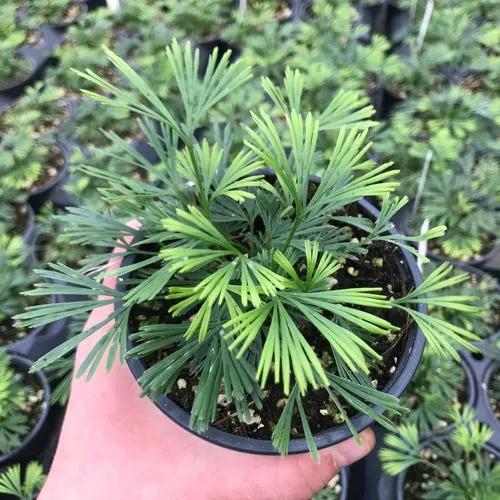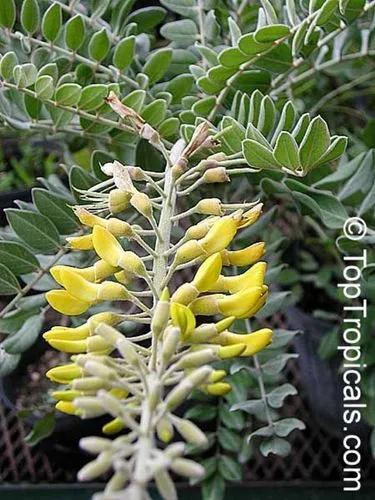Maidenhair Fern is part of the Adiantum genus that includes over 200 varieties of ferns grown around the world. The genus name is derived from the Greek word adiantos, which means "unwetted"—an apt description for the fern, since its leaves repel water. Maidenhair ferns have delicate fan-shaped leaf segments, typically clustered on wiry black stems. In addition to being a popular houseplant, maidenhair fern can also be found in nature, growing in places where other plants typically don't, like on rock walls and in between rock fissures where the moisture from water seepage keeps them alive. Though the are visually stunning throughout all stages of their growth, they are considered a slow-growing fern, typically taking up to three years to reach their full mature size.
Common Maidenhair Fern Care
Adiantum Aethiopicum



How to Care for the Plant

Water

Your best bet when it comes to ensuring your maidenhair fern thrives is to focus on multiple water sources for this thirsty species. Consistently moist soil is a great place to start—from there, be sure to water your fern consistently, either daily or every other day, never allowing the soil to dry out. Keep the fern in a plastic pot with holes, then place the plastic pot in a more attractive outer pot if you wish. This way, you can easily check on the moisture levels in the plastic pot, and the drainage holes will prevent the soil from becoming too soggy.

Pruning

regular trimming and the removal of browned leaves can also help the fern grow denser foliage.

Fertilizer

It's not necessary to fertilize a maidenhair fern, as the plant will do just fine without it. However, if you wish to provide it with an added dose of nutrients, feed with a balanced, diluted blend once a month, avoiding any feed with too much nitrogen (200 ppm or less), which can cause the tips of the leaves to burn.

Sunlight

In their natural forest environment, maidenhair ferns are primarily covered by a canopy of trees, receiving a bit of shade and a bit of partial sunlight. To successfully grow the fern indoors, it's best to try and mimic these conditions by finding a spot in your home that receives indirect sunlight only. Avoid harsh light or direct rays, as the delicate leaves of the maidenhair fern can burn very easily.

Soil

Maidenhair ferns prefer moist but well-draining potting soil. As mentioned, water is very important to this fern, so up your chances of creating the proper environment for it by incorporating moss or an organic matter like compost into the soil to help it to retain water.

Temperature

Temperature-wise, the fern is best kept above 70 degrees Fahrenheit and should not be placed anywhere in your home where the temperature or cold drafts dip below 60 degrees Fahrenheit.

Popularity

530 people already have this plant 44 people have added this plant to their wishlists
Discover more plants with the list below
Popular articles






